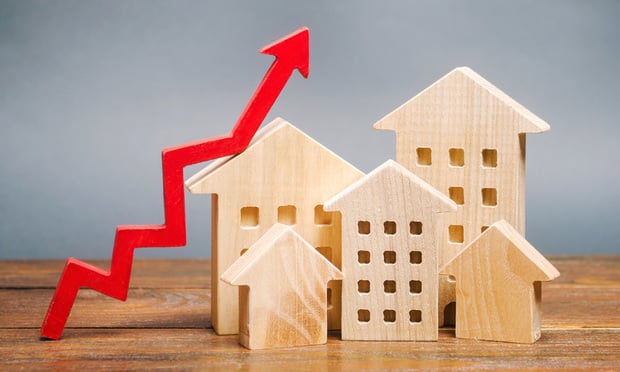The office market can be more difficult to track than the other asset classes. That is because landlords are often wary to disclose rents or publicly post asking rents because the market is always moving, and that makes it challenging for analysts to follow rental rate growth or even determine an average rental rate. Likewise, vacancy rates can also be misleading because of the gap period between the lease negotiation and the tenant's occupancy of the property. For this reason, the office market can be difficult to track from quarter to quarter.
“We are always looking in the rear-view mirror on rent, because we are always looking at lease comps or asking rents,” Carol Trapani, SVP at CBRE, tells GlobeSt.com. “The lease comps are sometimes negotiated a year in advance before the tenant moves in, so it is a little bit backwards.”
The gap in lease negotiation time—which can sometimes last several months—affects both the vacancy rate as well as the average asking rent price, since rents may have grown since the lease negotiation and the time the tenant took occupancy. Asking rents can also be difficult to determine because they are often not disclosed by the landlord, especially in today's market when rent growth is rapidly increasing. “There is a hesitancy from the landlord market to post their lease rates because of rent growth,” Trapani says. “There are a lot of withheld rents, if you look at Co-Star. It is difficult sometimes to look at the average asking lease rate and really say that it is the average asking lease rate because there is a lot of withheld information and a lot of landlords that won't post a rent because the market is moving.”
While office metrics can be tricky, they are not impossible to determine. CBRE's research department creates a scale for potential rent growth to determine low to high outcomes. This year, Trapani says that she expects a similar office performance to that of 2017—which was a great year. A recent report from CBRE found that Orange County had the second highest rental rate growth in the country. In 2017, rents climbed more than 10% in the market, outpacing major markets across the country. “If I were to venture to say, I would say that 2018 is going to be a similar rent growth scenario to 2017. Our econometric team does a high, average and low outlook on rent growth, and we have always surpassed the average. We have been in double digit rent growth, and I think that this year will be the same.”
Want to continue reading?
Become a Free ALM Digital Reader.
Once you are an ALM Digital Member, you’ll receive:
- Breaking commercial real estate news and analysis, on-site and via our newsletters and custom alerts
- Educational webcasts, white papers, and ebooks from industry thought leaders
- Critical coverage of the property casualty insurance and financial advisory markets on our other ALM sites, PropertyCasualty360 and ThinkAdvisor
Already have an account? Sign In Now
*May exclude premium content© 2024 ALM Global, LLC, All Rights Reserved. Request academic re-use from www.copyright.com. All other uses, submit a request to [email protected]. For more information visit Asset & Logo Licensing.









